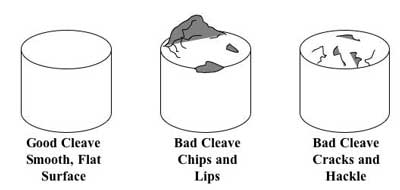Optical time-domain reflectometer (OTDR) is an optoelectronic instrument used to characterize an optical fiber. It can help you understand the whole system you test and can be used for estimating the fiber length and overall attenuation, including splice and mated-connector losses. It can also be used to locate faults, such as breaks, and to measure optical return loss. EXFO, as a famous brand of OTDR is a leading provider of next-generation test and service assurance solutions for wireless and wireline network operators and equipment manufacturers in the global telecom industry. It offers innovative solutions for the development, installation, management and maintenance of converged, IP fixed and mobile networks. This text mainly introduce EXFO OTDR.
OTDR is at the core of EXFO’s optical expertise. Leading the OTDR market with a 48% market share and the broadest OTDR portfolio, EXFO offers an OTDR built smart for any type of network.
Based on field knowledge and 20 years of OTDR expertise, EXFO’s OTDR is designed to meet network operators’ latest requirements. EXFO’s solutions can provide measurements you can trust by combining intelligence and accuracy with user-friendliness. It can also minimize truck rolls and accelerate workflow in the field.
With numerous singlemode and multimode configurations available at several wavelengths, EXFO OTDR comes in handheld or modular formats. And I’d like to recommand you the EXFO FTB series OTDR of them, especially the FTB-200 OTDR.
EXFO FTB-200 is a Compact Platform that can deliver the processing power of a high-end platform for a variety of advanced applications. The FTB-200 can Optimize all phases of the network lifecycle and house any of EXFO’s FTB one- or two-slot modules to meet your evolving needs. Configure your platform by combining optical, transport with datacom modules to cover a wide range of applications. The FTB-200 is the perfect tool for the field by offering power, speed and modularity in a compact format.
The ODTR is the main part of the FTB-200 Compact Platform. With the functions of locating a break or similar problem in a cable run and taking a snapshot of fibers before turning an installation over to a customer, it can help you keep a permanent record of the state that fiber at any point in time and tell installers when fibers have been damaged or altered after installation, proving where responsibility for the damage lies.

EXFO FTB-200 is just one of devices of EXFO FTB series. Fiberstore also supplies OTDR of varies famous brands, such as JDSU MTS , YOKOGAWA AQ and so on. OEM portable and handheld OTDR are also available. If you have any requirements, please contact us over sales@fs.com or live chat with us.

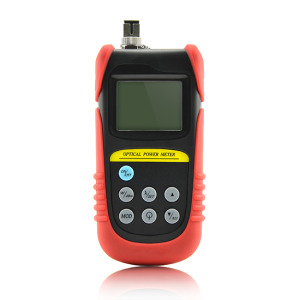
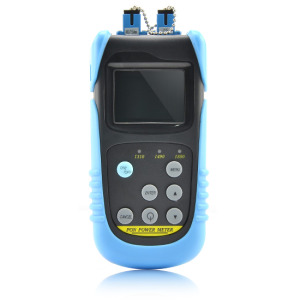
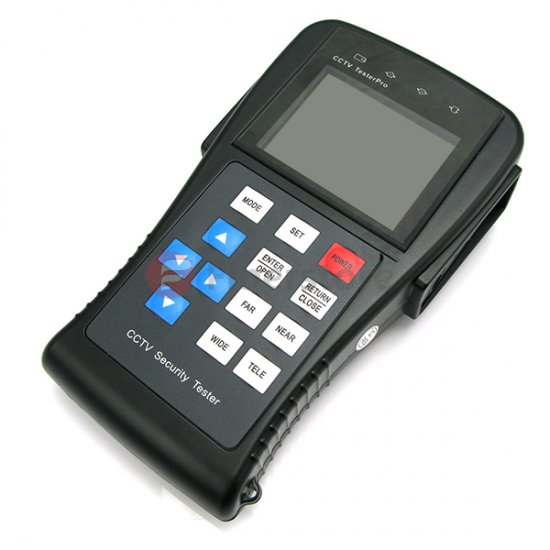
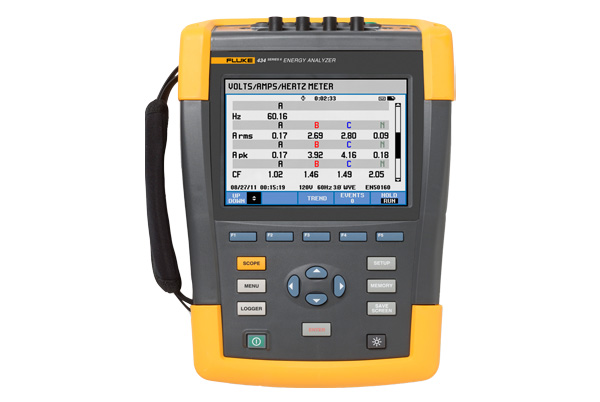
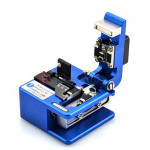
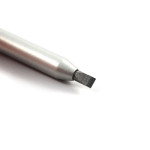 Scribe – Except the cleaver, there is another tool for cleaving which is typically used to remove excess fiber from the end of a connector before polishing. Scribe is a simple hand tool with a hard, sharp tip (generally made of carbide or diamond), that is used to scratch the fiber manually (some scribes are with pen-style shapes). Then the operator pulls the fiber to break it. However, it is less predictable than a cleaver because both the scribing and breaking process are under manual control. Nonetheless, scribe can produce adequate results for polishing so that it is still used today.
Scribe – Except the cleaver, there is another tool for cleaving which is typically used to remove excess fiber from the end of a connector before polishing. Scribe is a simple hand tool with a hard, sharp tip (generally made of carbide or diamond), that is used to scratch the fiber manually (some scribes are with pen-style shapes). Then the operator pulls the fiber to break it. However, it is less predictable than a cleaver because both the scribing and breaking process are under manual control. Nonetheless, scribe can produce adequate results for polishing so that it is still used today.